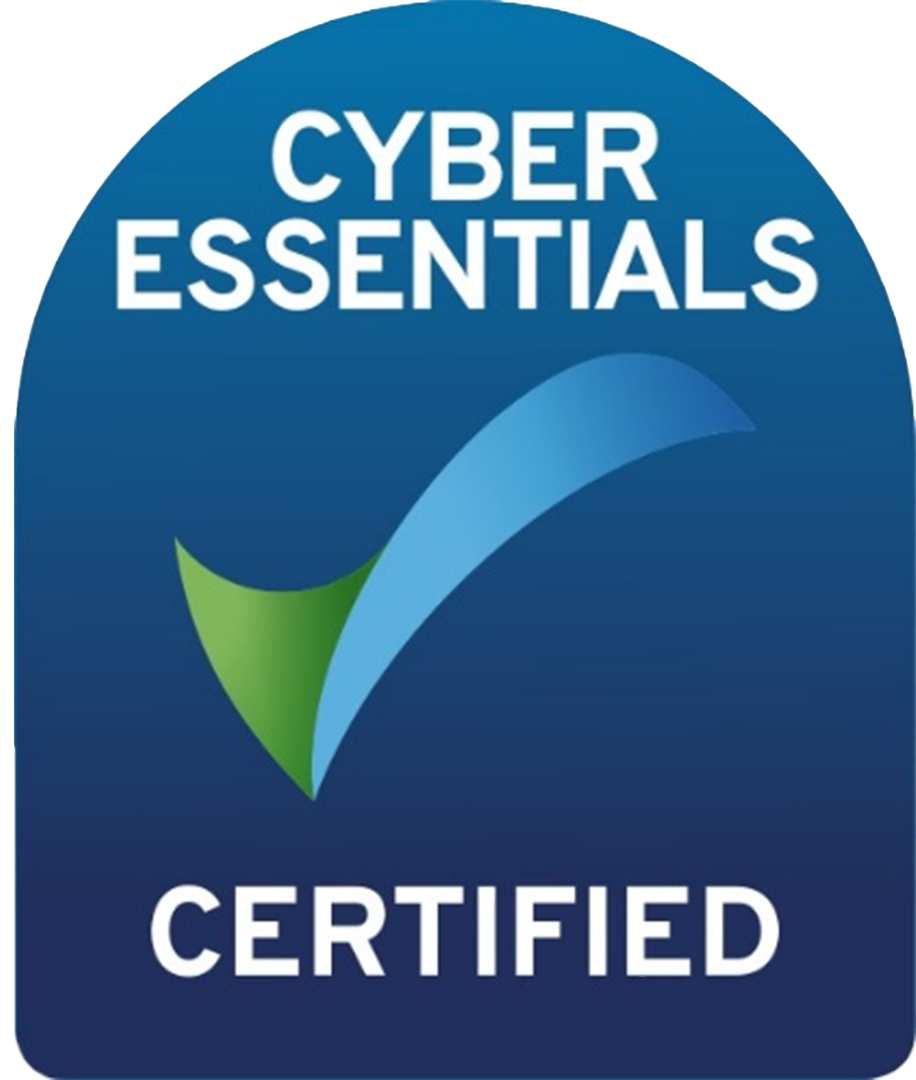The workplace landscape has undergone a seismic shift in recent years, with the rise of hybrid work models. A hybrid work model combines both remote and in-office work, offering employees flexibility and organisations increased efficiency. While this arrangement has many benefits, it also presents a unique set of challenges that organisations must address to ensure its success.
One of the most pressing challenges is the need for technology adoption. As remote work becomes more prevalent, businesses must invest in the right tools and infrastructure to support a dispersed workforce. This includes robust communication and collaboration platforms, cybersecurity measures, and virtual meeting solutions. Ensuring that employees have access to these technologies and are proficient in their use is essential for seamless operations. Fortunately, the market is teeming with software and hardware solutions to meet these needs, and organisations should carefully assess and implement the ones that best suit their requirements.
Maintaining employee engagement and a sense of belonging is another hurdle that organisations face in a hybrid work model. When team members are dispersed, there’s a risk of isolation and disconnection. To address this, companies must put a strong emphasis on fostering a sense of community and teamwork. Regular video meetings, virtual team building activities, and a culture of open communication can help bridge the gap. Additionally, providing opportunities for in-person interactions, such as occasional office gatherings, can go a long way in nurturing relationships and strengthening the company’s culture.
Balancing work and personal life is a challenge that employees grapple with in a hybrid work environment. The lines between work and home life can blur, leading to burnout and decreased productivity. Organisations need to encourage employees to establish clear boundaries and maintain a healthy work-life balance. Flexible scheduling, setting realistic expectations, and promoting self-care are vital components in achieving this balance.
Another issue is performance management. In a traditional office setting, it’s easier to track employee progress and assess their contributions. In a hybrid model, it’s crucial to develop new methods for performance evaluation. Metrics, key performance indicators (kpis), and regular check-ins can help managers measure employee productivity and provide constructive feedback.
Moreover, not all job roles can easily adapt to a hybrid work model. Some positions require physical presence, and businesses must determine which roles can be executed remotely and which require in-person work. Adaptation and flexibility are key to addressing this challenge, as companies may need to restructure their workforce or provide alternate arrangements for employees who can’t work remotely.
The rise of hybrid work models presents organisations with a unique set of challenges, from technology adoption to maintaining engagement and work-life balance. However, with careful planning and the right solutions, these challenges can be overcome. Businesses that embrace and optimise the hybrid work model are likely to reap the benefits of a more adaptable, efficient, and satisfied workforce. It’s a transformative change that, when managed effectively, can set the stage for a brighter future in the world of work.
Share this article
Useful links
Search for jobs today
Temp Jobs in United Kingdom
Perm Jobs in United Kingdom
Got a vacancy?
What's happening in the market?
Get your copy of the 2024 United Kingdom Employment and Salary Trends Report
How do I prepare for my job interview?
Get in touch
Find out more by contacting one of our specialisat recruitment consultants across Australia, New Zealand, and the United Kingdom.
Recent insights



UK's 2024 Employment and Salary Trends Report
Salary trends, talent attraction and retention strategies




